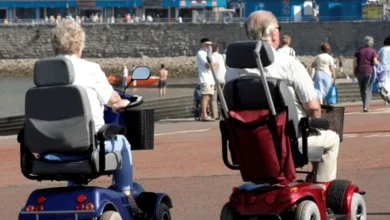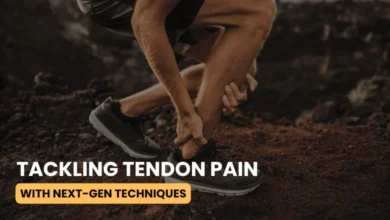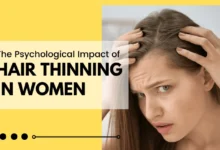Advancing Health Equity through Preventive Medicine and Public Health Measures: The Role of Plastic Injection Molding Companies

In the pursuit of health equity, preventive medicine and public health measures play a vital role in promoting and improving the well-being of individuals and communities. This article explores the impact of these measures and highlights the involvement of plastic injection molding companies in supporting preventive healthcare initiatives. By leveraging their expertise in medical molding, these companies contribute to the production of essential medical devices that enable preventive healthcare strategies.
The Importance of Preventive Medicine and Public Health Measures
Preventive medicine focuses on proactive strategies aimed at preventing diseases, injuries, and other health conditions before they occur. Public health measures, on the other hand, aim to improve the overall health of populations through various interventions, including education, awareness campaigns, and policy development. Together, these approaches form the pillars of promoting health equity and reducing healthcare disparities.
The Role of Medical Molding in Preventive Medicine
Medical molding is integral to preventive medicine, as it enables the production of a wide range of medical devices used in screening, early detection, and prevention of diseases. Plastic injection molding companies specialize in manufacturing high-quality and cost-effective devices such as diagnostic tools, syringes, and health monitoring equipment, which are essential components of preventive healthcare strategies.
Supporting Vaccination Efforts with Medical Molding
Vaccination is a crucial preventive measure that helps protect individuals and communities from infectious diseases. Plastic injection molding companies contribute to vaccination efforts by manufacturing syringes, vials, and other injection devices necessary for safe and effective vaccine administration. By ensuring the availability of high-quality injection equipment, these companies play a critical role in achieving widespread immunization and preventing the spread of diseases.
Ensuring Access to Preventive Healthcare through Medical Molding
Health equity can only be achieved when preventive healthcare is accessible to all individuals, regardless of their socio-economic background. Plastic injection molding companies play a key role in promoting access to preventive healthcare by producing affordable medical devices. These companies leverage efficient manufacturing processes and cost-effective materials, making essential preventive healthcare tools more accessible to underserved communities.
Innovations in Medical Molding for Preventive Healthcare
Advancements in medical molding technology have paved the way for innovative preventive healthcare solutions. Plastic injection molding companies are at the forefront of these innovations, continuously developing new and improved medical devices for preventive care. From wearable health monitoring devices to rapid diagnostic tools, these companies contribute to early detection and prevention of diseases, ultimately enhancing health outcomes and reducing healthcare costs.
Collaborating for Enhanced Preventive Healthcare
Effective preventive healthcare requires collaboration among various stakeholders, including healthcare providers, public health agencies, and plastic injection molding companies. By forming strategic partnerships, these entities can combine their expertise and resources to develop comprehensive preventive healthcare strategies. This collaboration facilitates the development and manufacturing of innovative medical devices, ensuring that preventive interventions are readily available and accessible.
Conclusion
Promoting health equity through preventive medicine and public health measures is a crucial aspect of improving overall well-being and reducing healthcare disparities. Plastic injection moulding company play an essential role in supporting these initiatives through their expertise in medical molding. By producing high-quality, cost-effective medical devices and collaborating with stakeholders, these companies contribute to preventive healthcare efforts, ensuring that individuals and communities have access to essential tools for early detection, prevention, and intervention. Through their commitment to innovation and collaboration, plastic injection molding companies help pave the way for a healthier, more equitable future for all.






